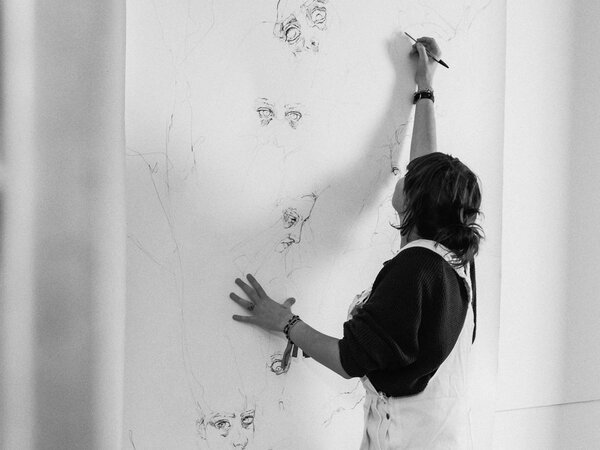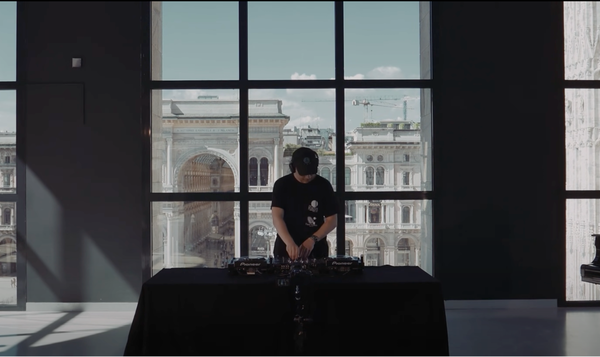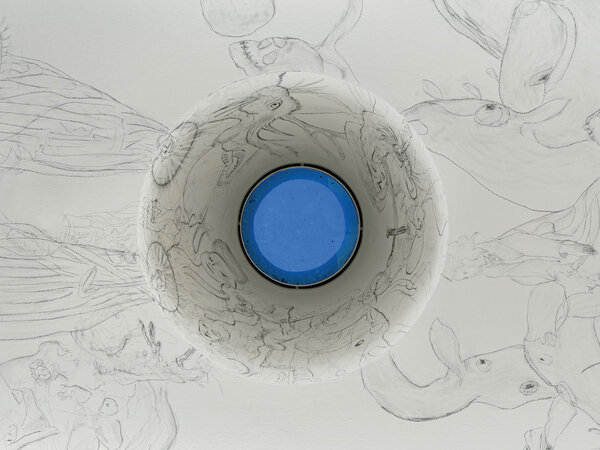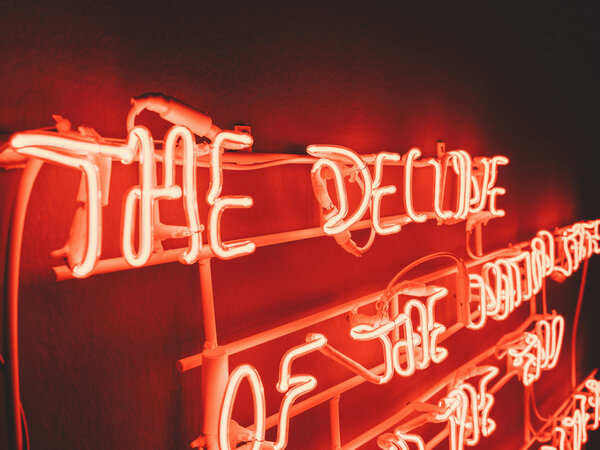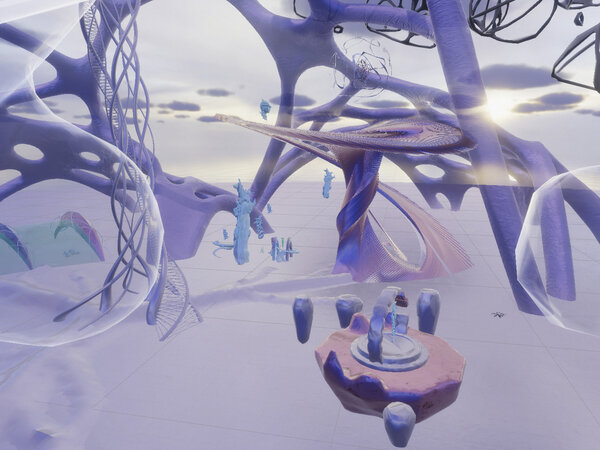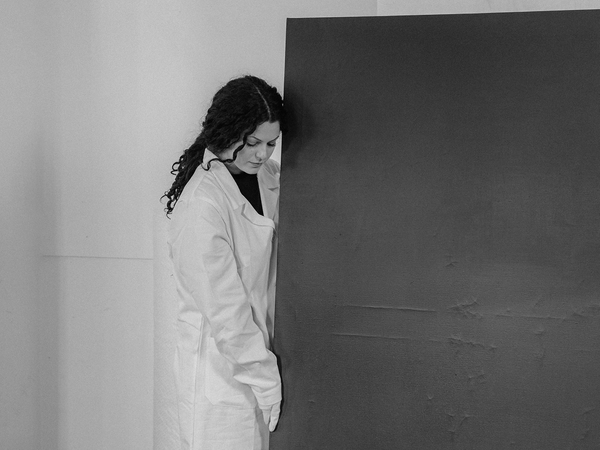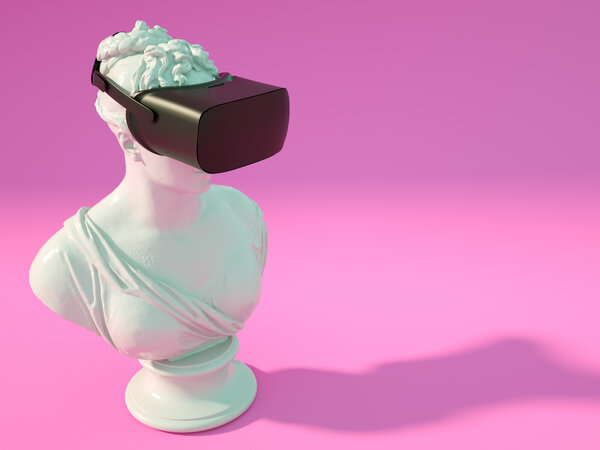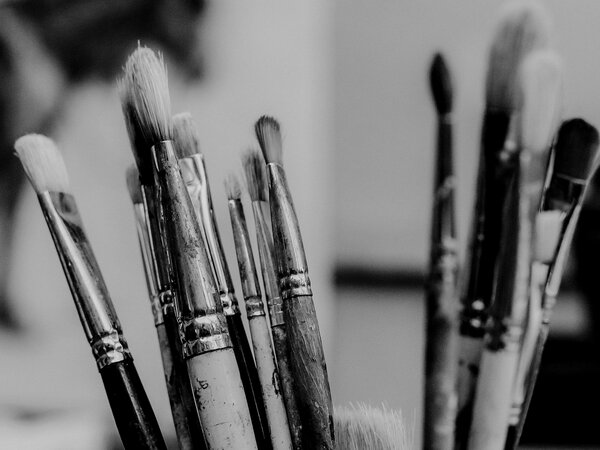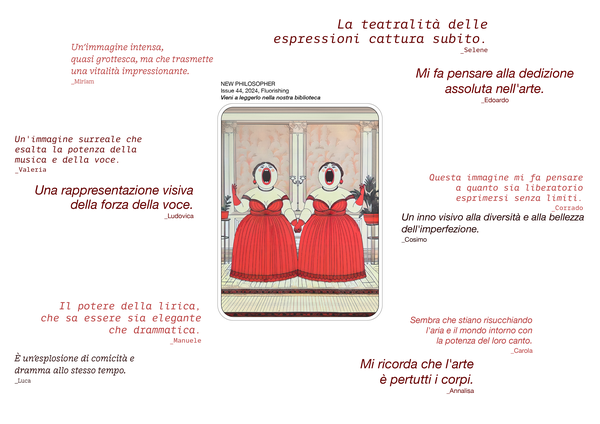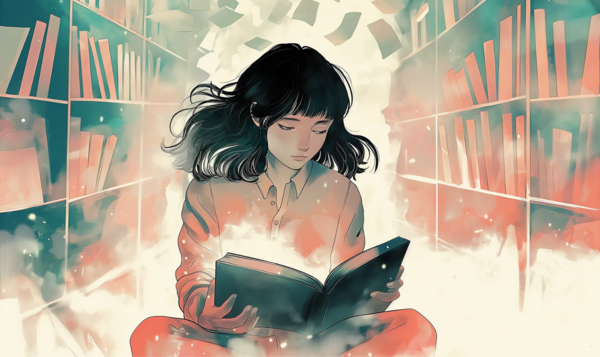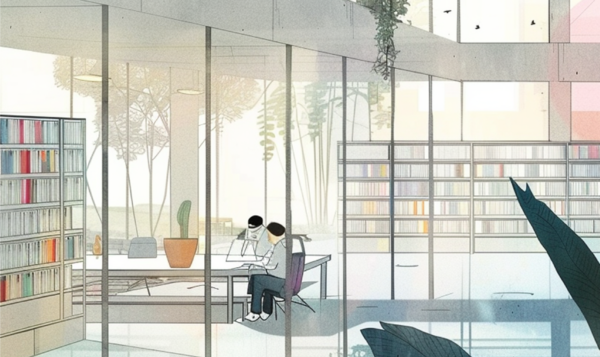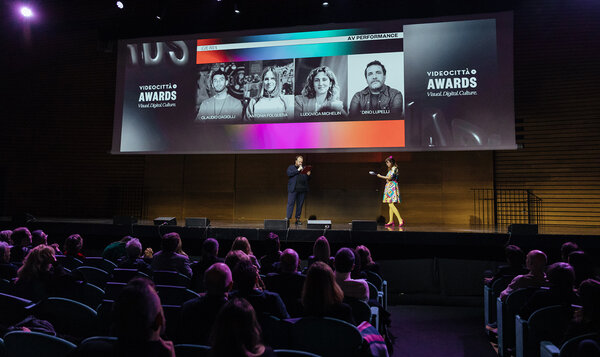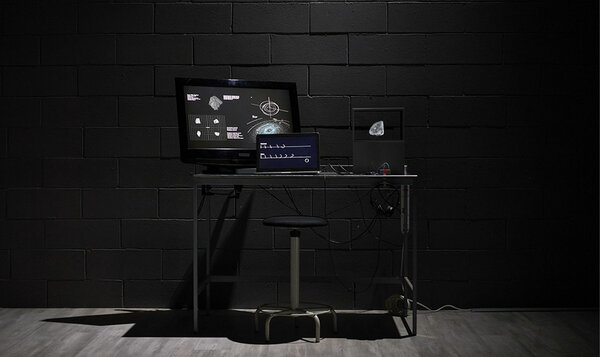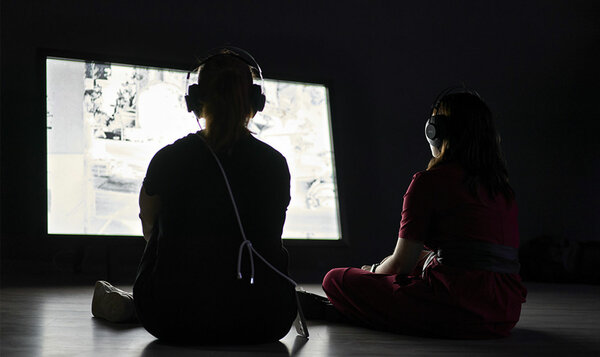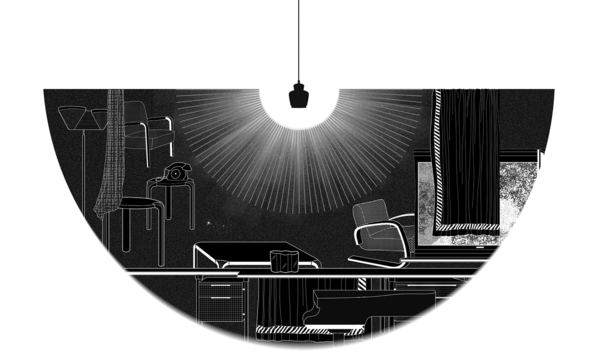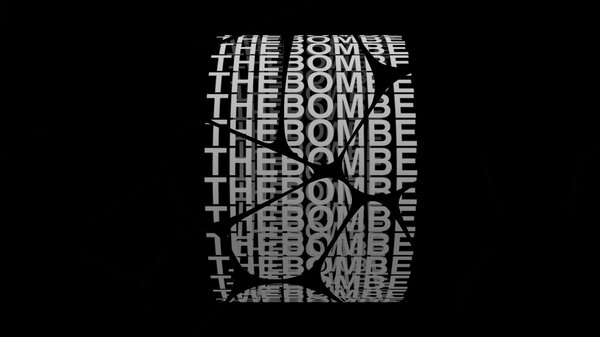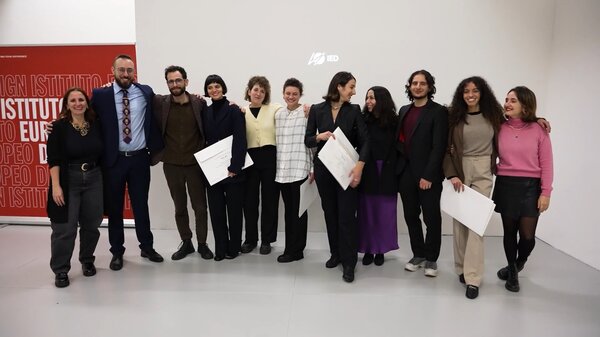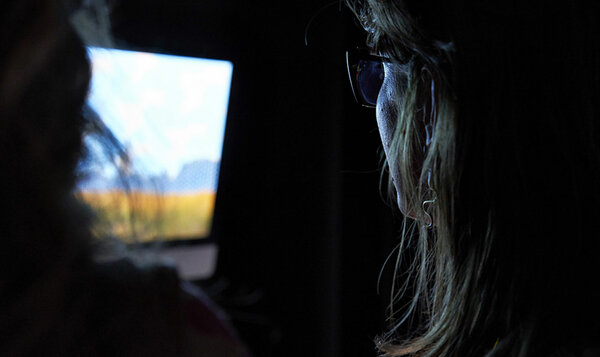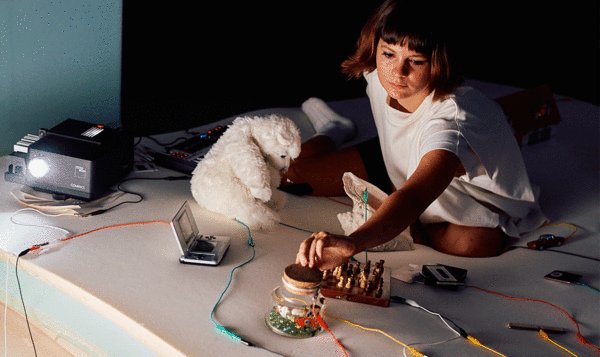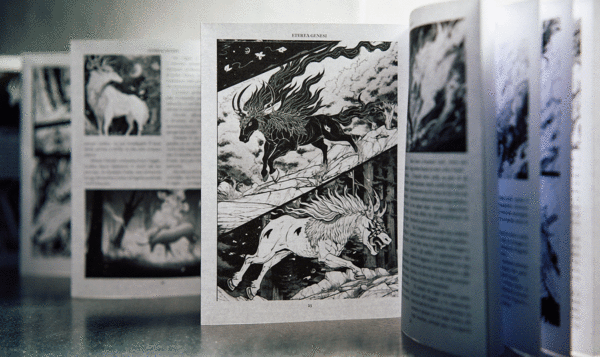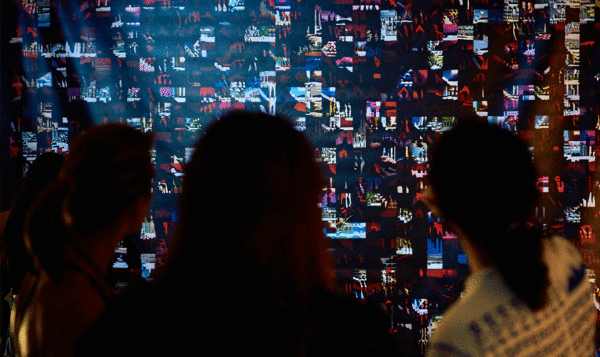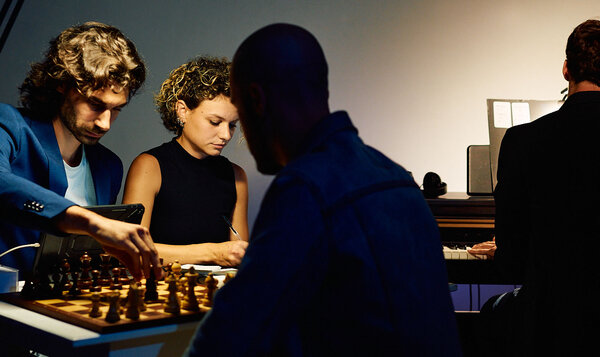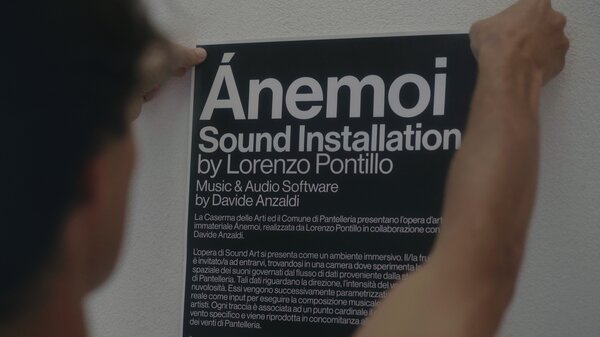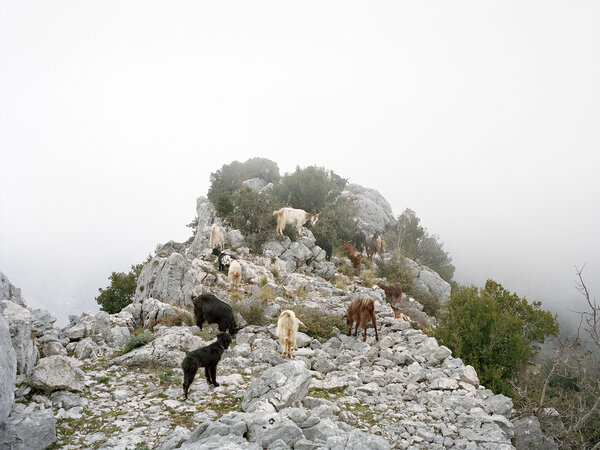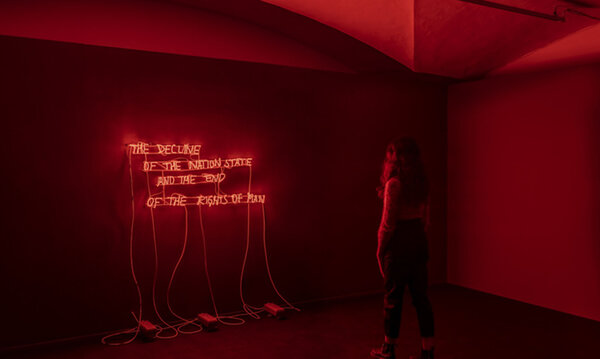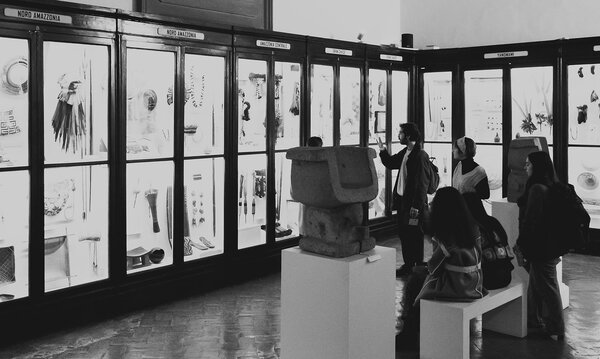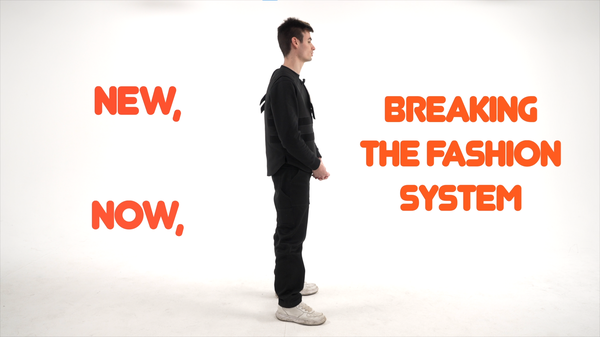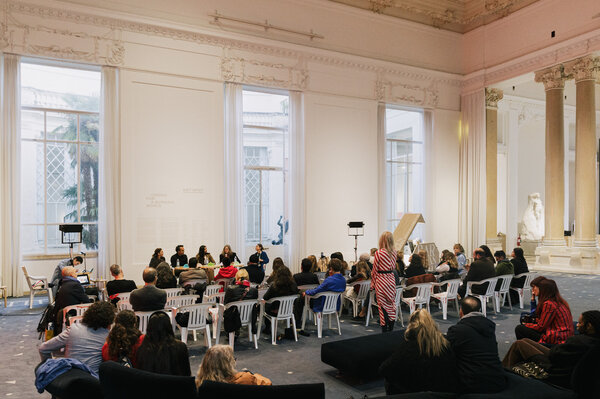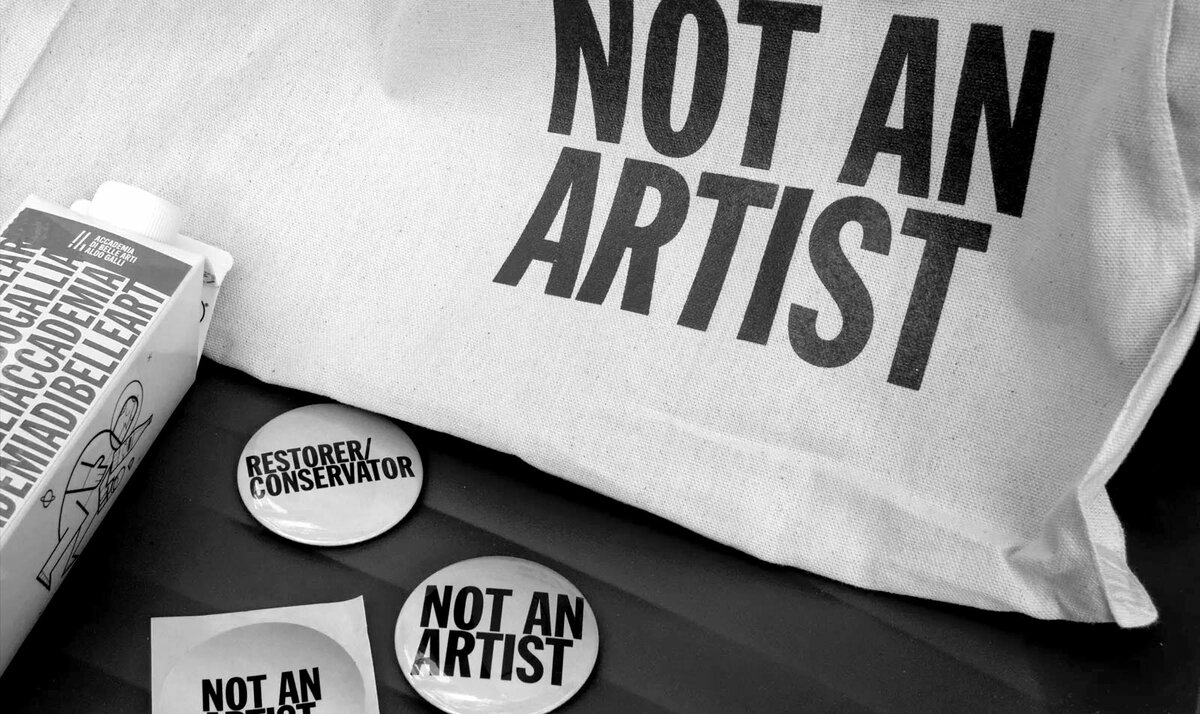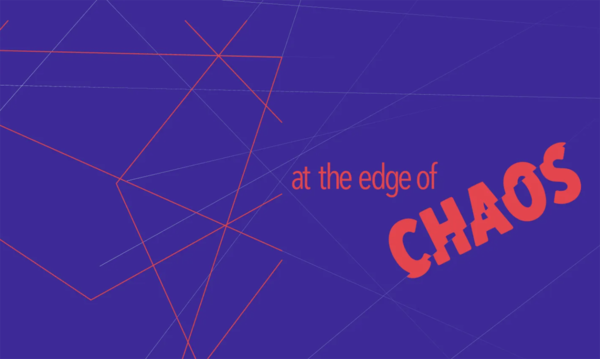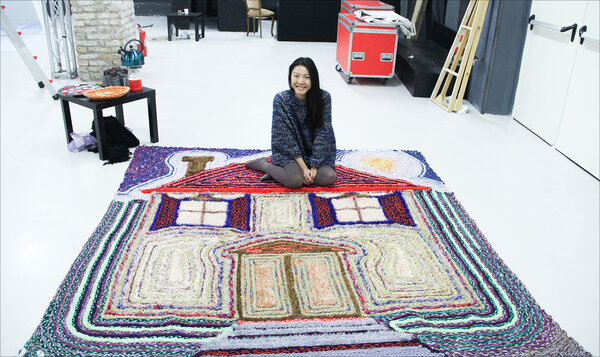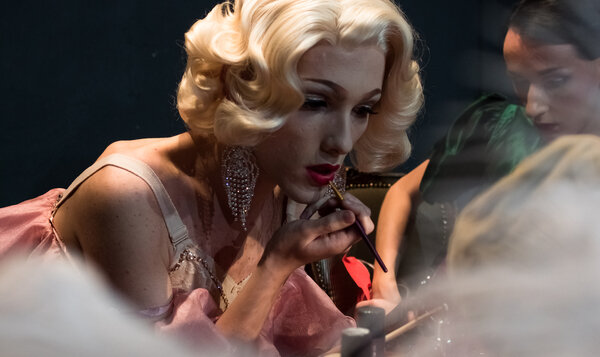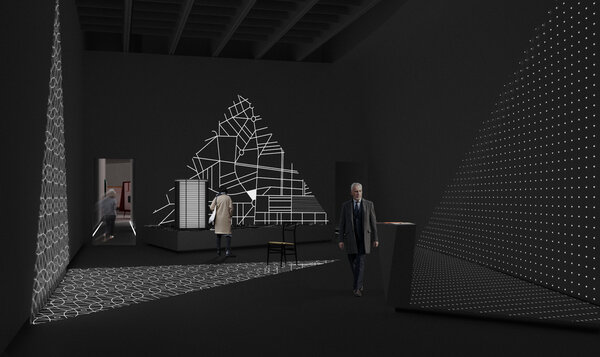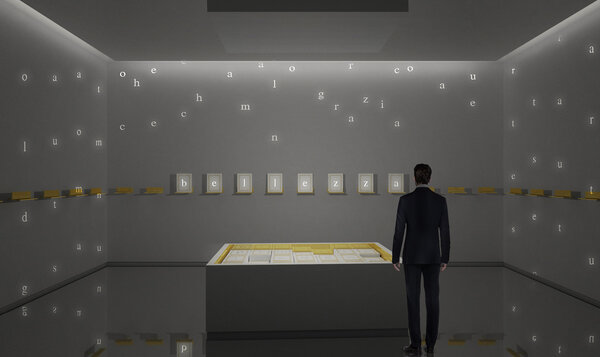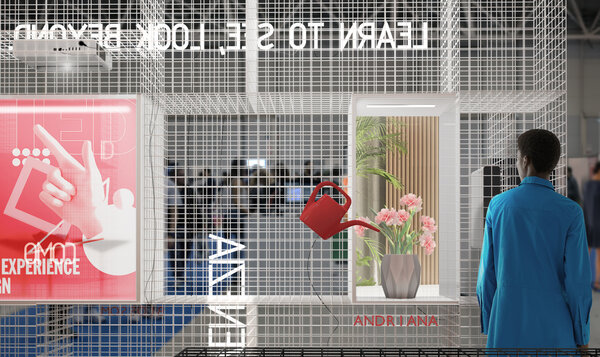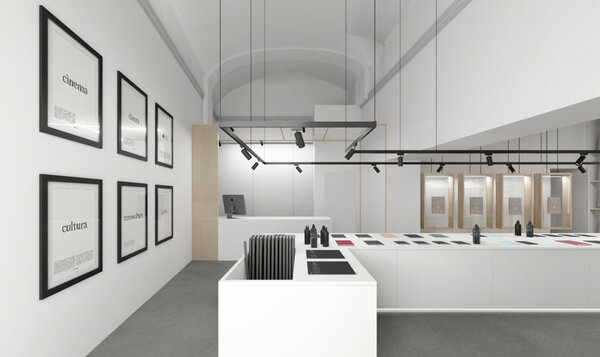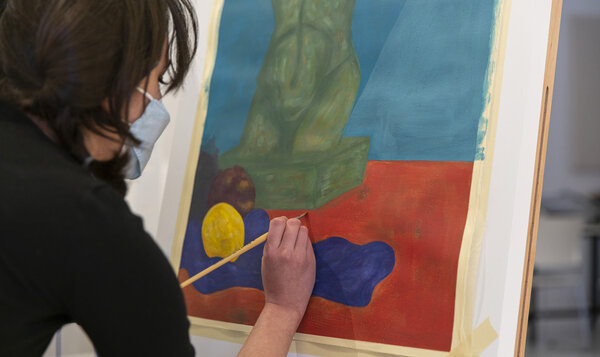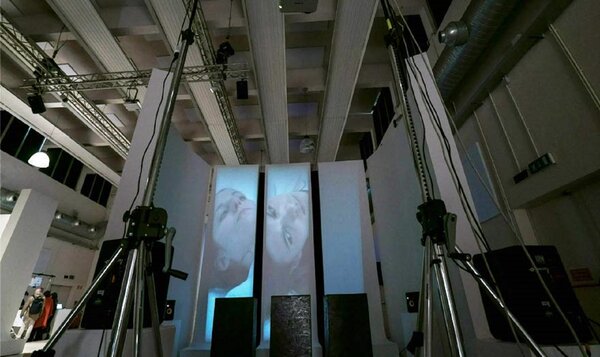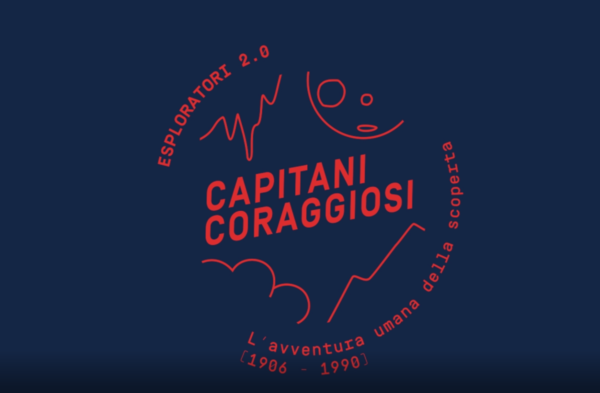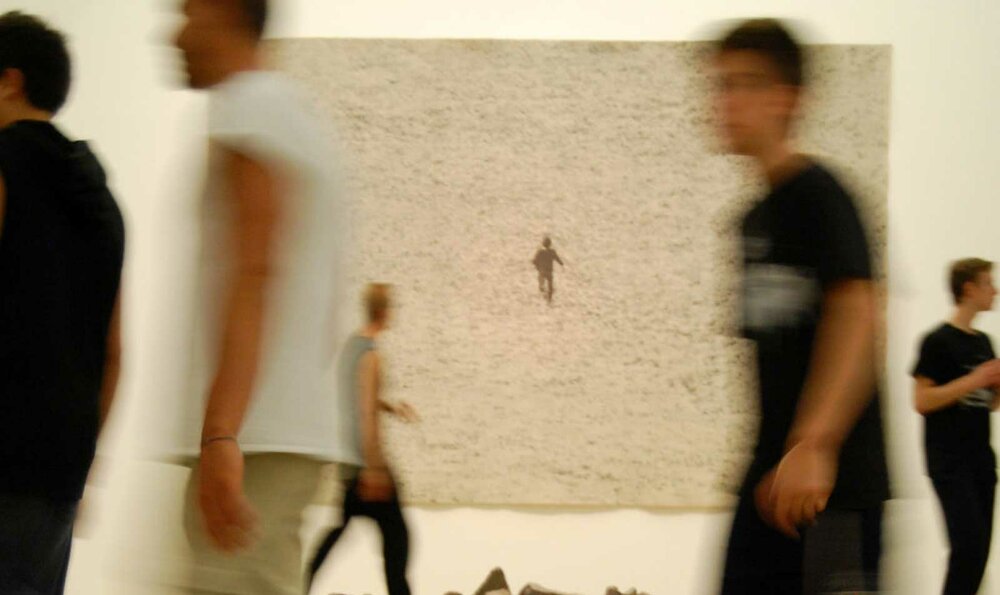
Museum Curator: Who They Are, What They Do, and How to Become One
Who they are and what they do
The Museum Curator is a key figure in the world of art and culture, responsible for the management, preservation, and enhancement of museum collections.
The Museum Curator is a key figure in the world of art and culture, responsible for the management, preservation, and enhancement of museum collections.
The role of the Museum Curator requires a mix of historical, artistic, and managerial skills. They are involved in researching and selecting works, planning exhibitions, and organising cultural events. They also collaborate with artists, art historians, conservators, and other specialists to ensure that exhibitions are of high quality and culturally relevant.
Museum Curators work in a variety of settings, from major international museums to art galleries and small local institutions. In each context, the curator must adapt their strategies and resources to meet the specific needs of the public and the institution.
Role and responsibilities
The responsibilities of a Museum Curator are many and essential to the functioning and development of the institution. These include:
- Collection management. Ensuring the proper preservation, documentation, and interpretation of artworks, making sure they are protected, suitably restored, and accessible to the public.
- Exhibition planning. Designing, organising, and overseeing both temporary and permanent exhibitions, managing every detail from the initial concept to the final installation.
- Research and acquisition. Conducting research on existing works, identifying new acquisition opportunities, and enriching the collection with historically and artistically valuable masterpieces.
- Education and outreach. Developing educational programmes and information materials to engage the public—often in collaboration with the marketing team—promoting awareness of the museum’s artistic and cultural heritage.
- Critical awareness. Staying abreast of emerging trends in the art and cultural sectors, and critically assessing how these may be integrated into the museum’s collections and exhibitions to ensure a relevant and innovative cultural offering.
- Interdisciplinary collaboration. Working closely with artists, art historians, conservators, and other experts to ensure excellence in exhibitions and museum initiatives.
- Resource management. Planning and managing budgets, optimising financial and material resources to support museum activities and ensure long-term sustainability.
Career and salary
A career as a Museum Curator can develop in various directions, offering opportunities for both vertical and lateral growth. One might begin as an assistant curator and move on to more senior roles, such as chief curator or museum director.
The salary of a Museum Curator varies depending on experience, and the size and prestige of the institution in which they work. In general, remuneration is competitive and may increase with experience, specialist expertise, and recognition in the field.
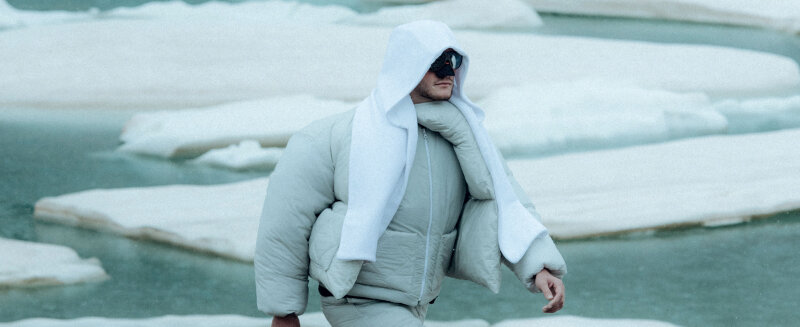
IED Open Days
We look forward to meeting you in person at our premises and online, to learn more about our teaching offerings, get to know our services and interact with coordinators, lecturers and students.
Skills and training
A Museum Curator must have a strong academic background in art history, museology, or related disciplines. Essential skills include research capabilities, time management, effective communication, and cultural sensitivity.
From a technical perspective, familiarity with conservation techniques and digital tools for collection management is important. Soft skills - such as teamwork, creativity, and attention to detail - complete the ideal profile.
Training in this field combines theoretical studies with practical experience, such as internships and placements in museums and galleries. This approach helps to develop applicable, up-to-date skills in line with current museum sector trends.
How to become a Museum Curator
To become a Museum Curator, it is crucial to obtain specific training and gain practical experience in the sector. Alongside technical expertise—which remains of primary importance—it is essential to develop critical thinking to observe and analyse artworks and cultural trends with an innovative approach. A skilled Curator can grasp the nuances of cultural and artistic heritage, integrating new ideas and approaches to enrich the museum experience.
If you aspire to a career in the world of art and culture, explore the opportunities offered by IED: innovative training pathways for the Museum Curators of tomorrow. With the Master in Curatorial Practice, you will acquire strong managerial and communication skills, together with deep cultural sensitivity and critical thinking. All of this in the enchanting setting of Florence—a city synonymous with art and history.
For those interested in exploring the fascinating connection between art and fashion, the Master in Fashion Curation offers an interdisciplinary approach, combining aesthetics, design, and art history. The programme takes place between Florence and Milan, Italy’s two internationally recognised fashion capitals, ensuring a unique and comprehensive learning experience.
The Continuing Education Course in Museum and Event Curation will instead enable you to manage all the administrative, organisational, and networking aspects of this sector, as well as to identify market trends—such as emerging artists.
